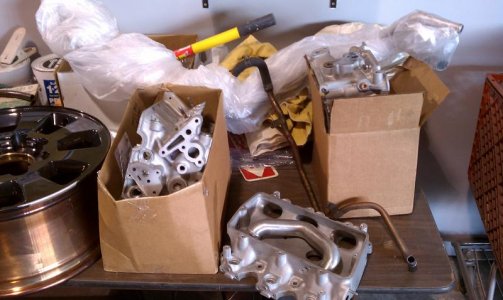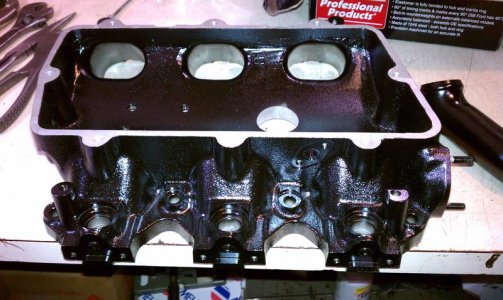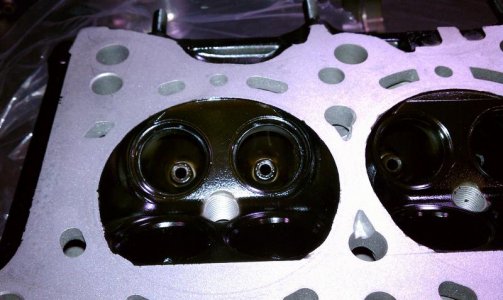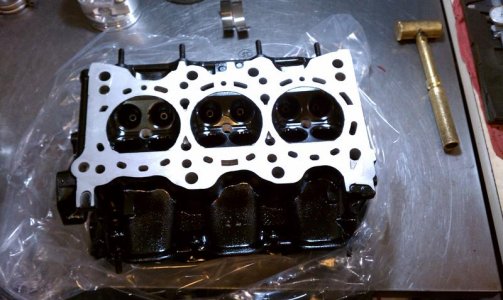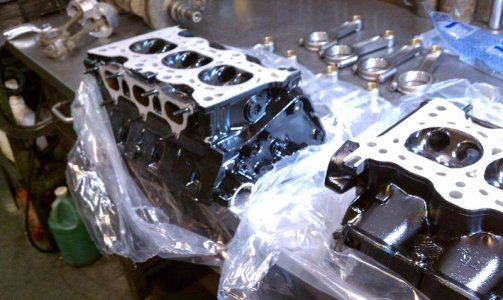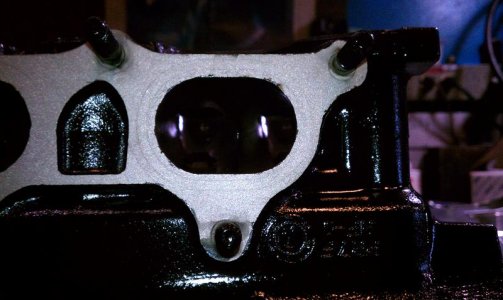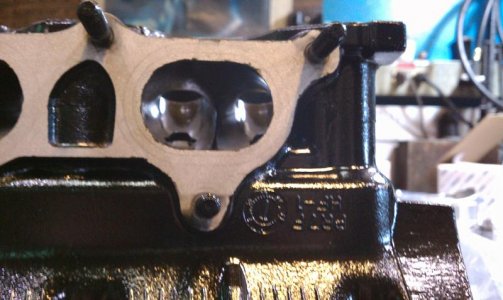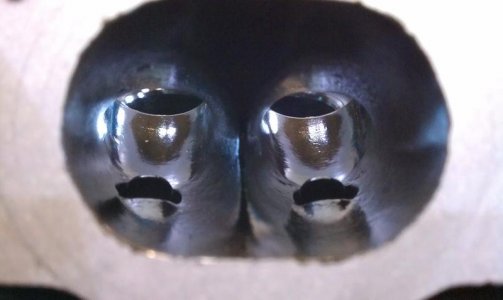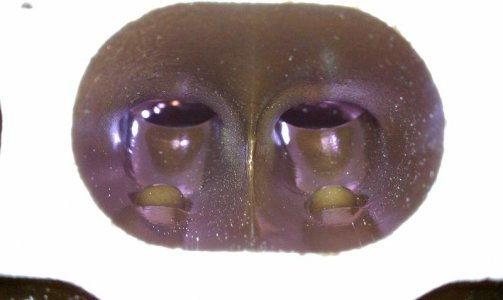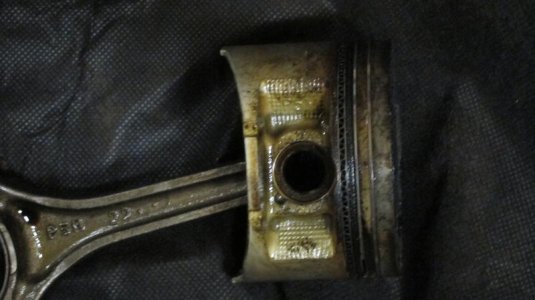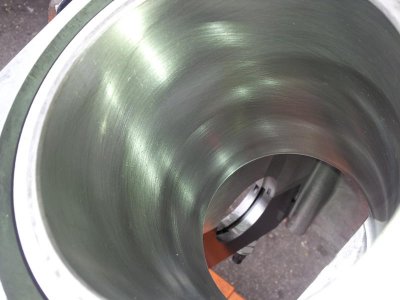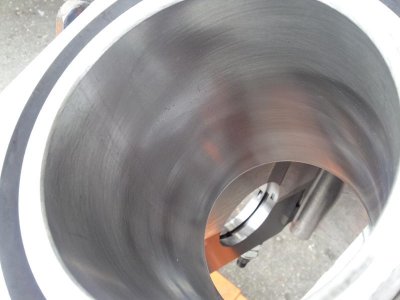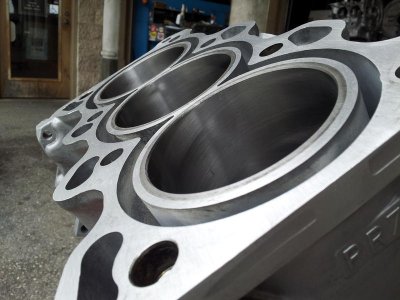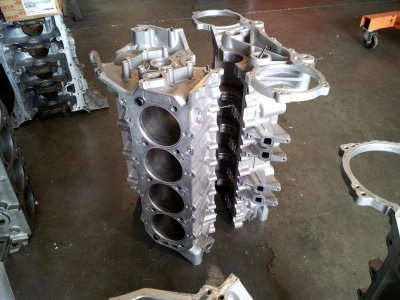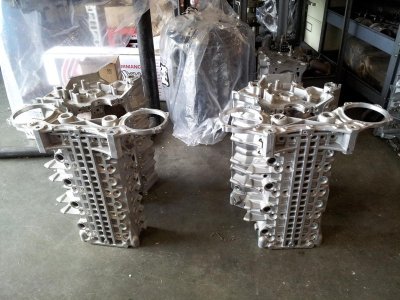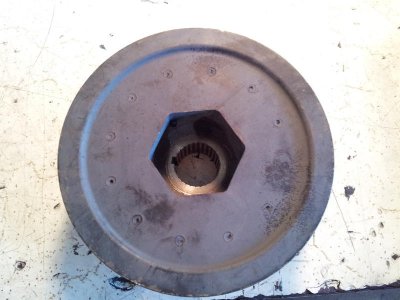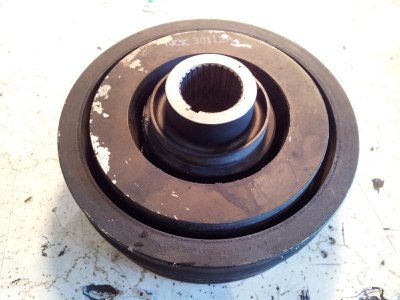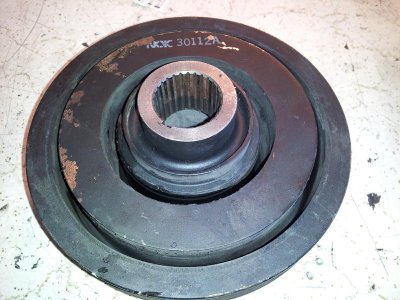.........They both have FRM cylinder walls.
I need to check whether the FRM cylinder walls need honing, and if they do, where is a good place to get them done, preferably in SoCal, but I am willing to ship if justified.
Both the Prelude and the NSX have been using a lot of oil. The Prelude has oil dripping out the exhaust, so I believe that means the cylinders are running too "wet" and the oil control ring is not working. But looking at one piston here, how can I tell whether that is the problem? The oil ring looks fine: no breaks anywhere. One thing I've noticed is that the oil ring doesn't have any spring to it, unlike the two compression rings above it where they bounce out of the ring land by themselves the moment the piston is removed from the cylinder.
I plan to switch to Mahle's Gold Series pistons. They make ones especially for this Prelude model and they are meant for FRM cylinder walls. They make OEM-sized and 0.25mm-oversized versions. If the FRM cylinder walls are bored out by 0.25mm, will any of that special material be left?
http://www.us.mahle.com/MAHLE_North_America/en/Motorsports/Catalog
http://www.us.mahle.com/C1256F7900537A47/vwContentByKey/W26HSFB8505STULEN/$FILE/2010%20AP%20complete.pdf
Search for part H22220425F01 in the catalog above.
Does any shop have the necessary equipment to measure to 0.0016mm clearance? Or just slip the piston in the cylinder and do it by "feel"? The whole engine can seize up if I get this wrong. Yet if all else goes well (a huge "if", since so many things can go wrong), this is a key clearance measurement that can being top performance.
The cylinder walls look fine too, with uniform appearance in all 360 degrees of it and a super-smooth wall as far as I can see with my eyes and feel with my fingers.




